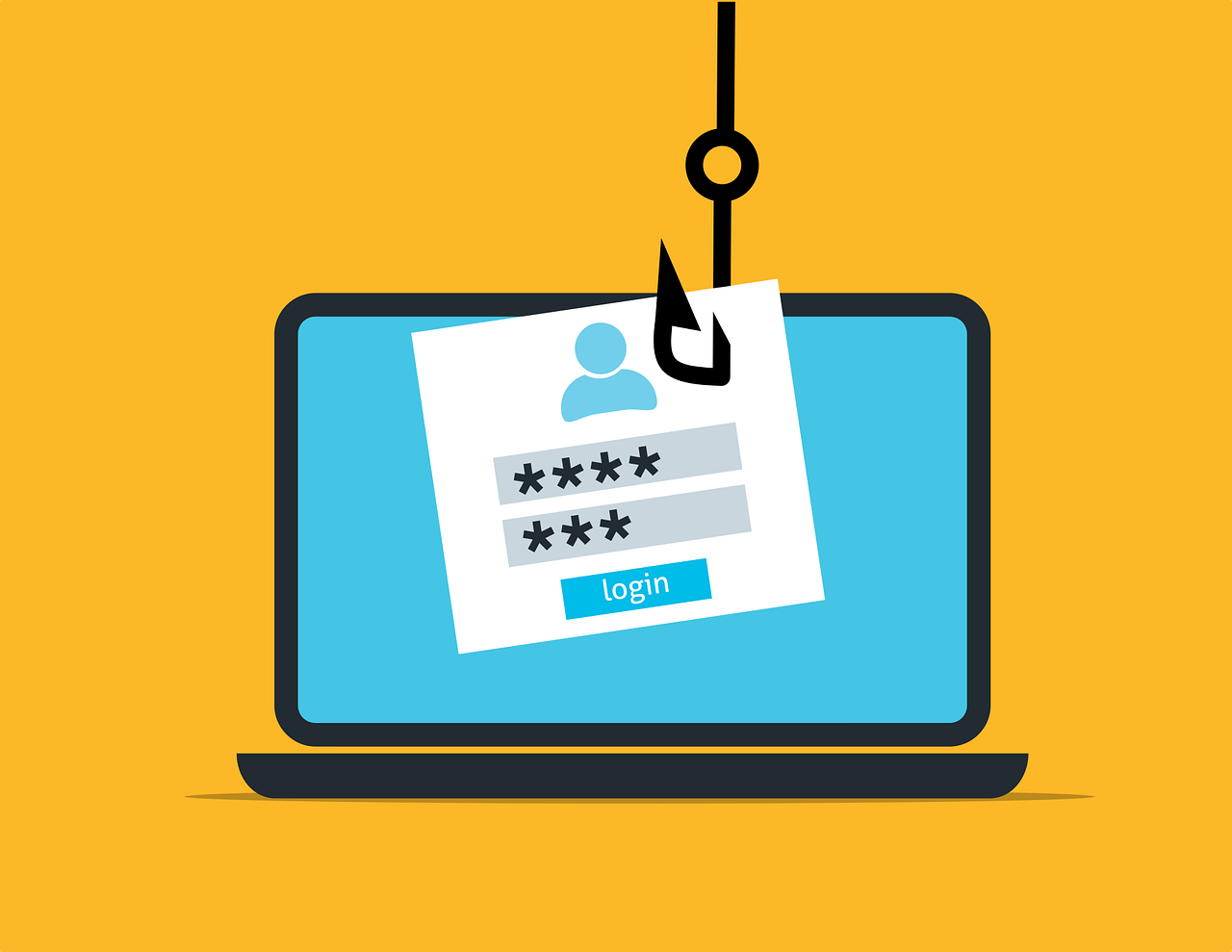You are not perfect. You are going to make mistakes, and when you own a business, those mistakes can impact your clients. Making a mistake as a business owner is not a matter of “if” – it’s a matter of “when.” When the inevitable happens, here’s how to apologize to a client.

Step 1: Take a Breath before you Apologize to a Client
Your client is angry. Perhaps you sent the wrong product, missed the delivery date, left important information out of an email, sent the wrong invoice – the reasons don’t matter. The client is upset and you have a part in their distress. The moment you realize you need to apologize to a client is fraught with emotions on both side. Before you do anything, stop and take a breath. Don’t rush in with solutions. Calm yourself, and if possible, the client, down.
Step 2: Analyze why you Need to Apologize
How bad is the mistake? Did you damage the client’s reputation? Cause them to overspend their project budget? Or is it something that doesn’t seem like a big deal to you, like being two minutes late with an email? There is a chance that your client is having a bad day and your mistake pushed them over the emotional edge. You still need to apologize, but your type of apology should match the situation.
Step 3: Diffuse the Situation
Quickly assess the severity of the situation. If the client is red in the face, screaming and threating you and the staff in any way, do not yell back or display aggression. Defend yourself if necessary but try to put distance between you and client and call the proper authorities.
If the client is being reasonable but is clearly and visibly upset, acknowledge that there is a problem while avoiding unreasonable claims that you can’t back up. For example, “Mr. Jones I see that you are clearly upset about the late delivery. That is serious. Please sit down while I make some calls to find out what caused the delay.” This validates your client’s concerns. Don’t say, “Those lousy shipping guys! It’s all their fault! Your next three orders are free!” That helps nobody and creates even more problems.
Step 4: Apologize to the Client
Once you have taken a breath, figured out the issue, and diffused the situation as best as possible, it’s time to say sorry. Your apology level should match the situation. Small mistakes deserve a sincere apology, firm handshake, and acknowledgement of your role in the disaster. Large mistakes deserve all that and an applicable follow up: a change in internal processes, flowers sent the next day, a sit down with the hire ups, etc. Don’t over or under do it. Be to the point and be sincere.
Step 5: Learn from Your Mistake
Everyone makes mistakes. Not everyone has to keep making the same mistake. If you have to apologize to a client several times for the same issue, there is an internal process that has gone wrong. Alternately, you and the client may not be a good fit. Constant late deliveries or incorrect billing is an internal problem. The inability to satisfy a client long-term when you have accounted for all your variables is a poor client/vendor fit.
AF Accounting helps your small business with its accounting needs. Follow our blog for tax, budget and small business advice. For example, planning to build an empire using drop shipping? Read this first!











